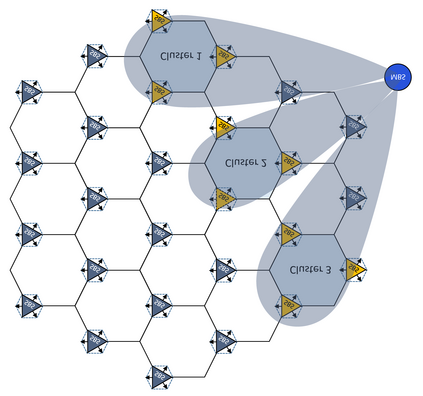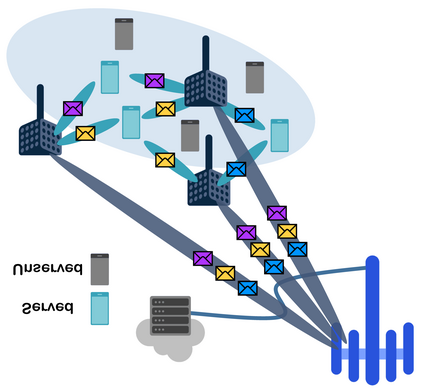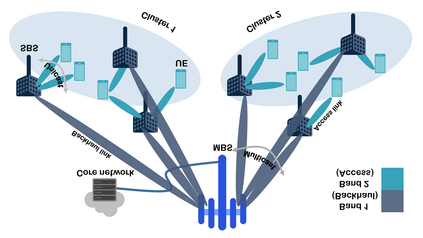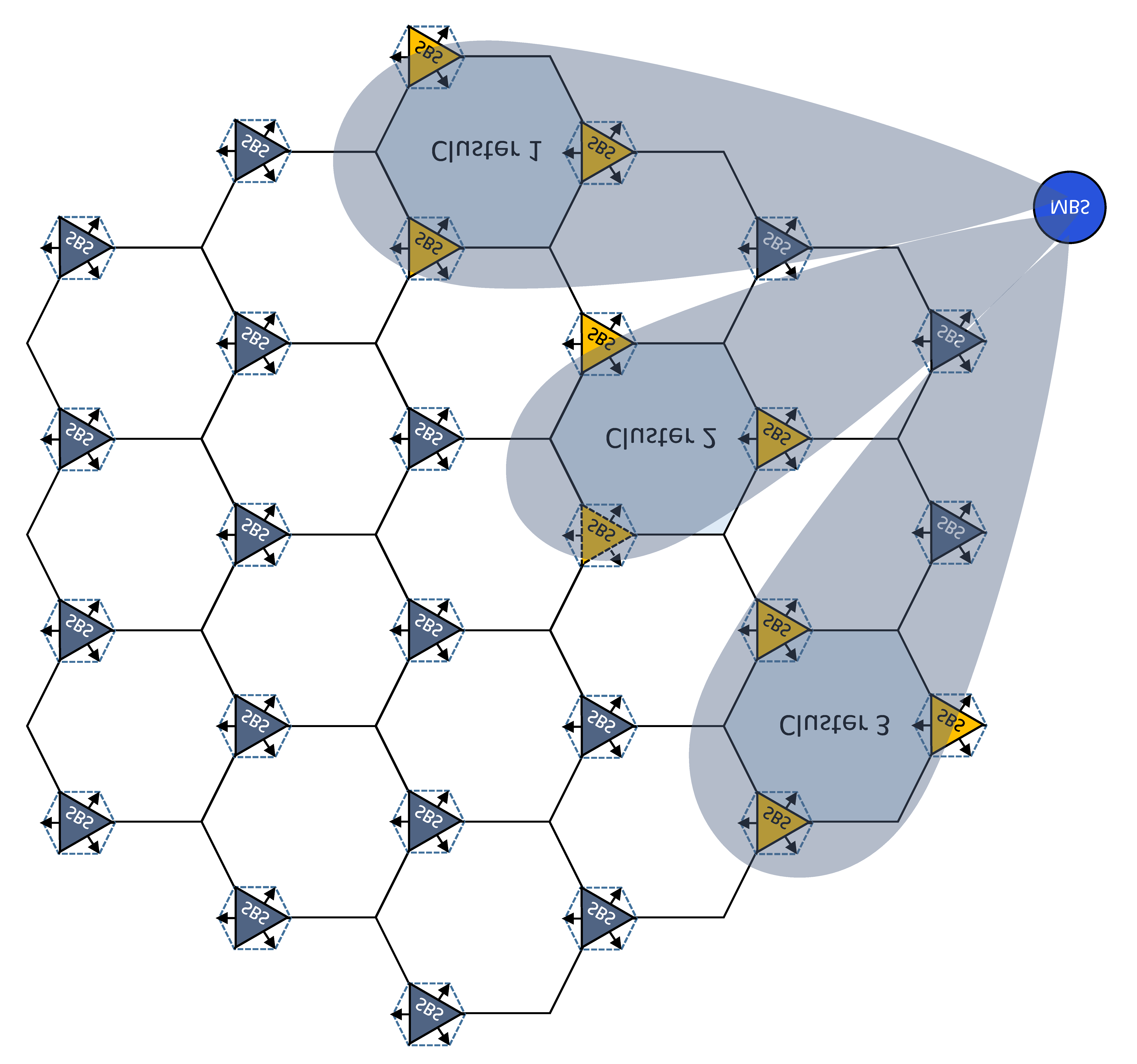Millimeter-wave self-backhauled small cells are a key component of next-generation wireless networks. Their dense deployment will increase data rates, reduce latency, and enable efficient data transport between the access and backhaul networks, providing greater flexibility not previously possible with optical fiber. Despite their high potential, operating dense self-backhauled networks optimally is an open challenge, particularly for radio resource management (RRM). This paper presents, RadiOrchestra, a holistic RRM framework that models and optimizes beamforming, rate selection as well as user association and admission control for self-backhauled networks. The framework is designed to account for practical challenges such as hardware limitations of base stations (e.g., computational capacity, discrete rates), the need for adaptability of backhaul links, and the presence of interference. Our framework is formulated as a nonconvex mixed-integer nonlinear program, which is challenging to solve. To approach this problem, we propose three algorithms that provide a trade-off between complexity and optimality. Furthermore, we derive upper and lower bounds to characterize the performance limits of the system. We evaluate the developed strategies in various scenarios, showing the feasibility of deploying practical self-backhauling in future networks.
翻译:微波自回流小细胞是下一代无线网络的关键组成部分。 它们密集的部署将提高数据率,降低延迟度,使进入和回流网络之间能够高效地传输数据,使光纤具有以前不可能做到的更大灵活性。 尽管它们潜力巨大,但最优化地运行密集自回流网络是一个公开的挑战,对无线电资源管理来说尤为如此。 本文展示了Radi Orchestra, 一个综合的RRM框架,它模型和优化自回流网络的成形、费率选择以及用户关联和准入控制。 该框架的设计将考虑到一些实际挑战, 如基础站的硬件限制(例如计算能力、离散率)、对回流连接的适应需要和干扰的存在。 我们的框架是作为一个非convex混合内网非线性程序制定的,这是解决的难题。 要解决这个问题,我们建议三种算法,在复杂性和最佳性之间提供一种交易。 此外,我们从上下拉下拉链来确定未来部署系统的实际性极限。







